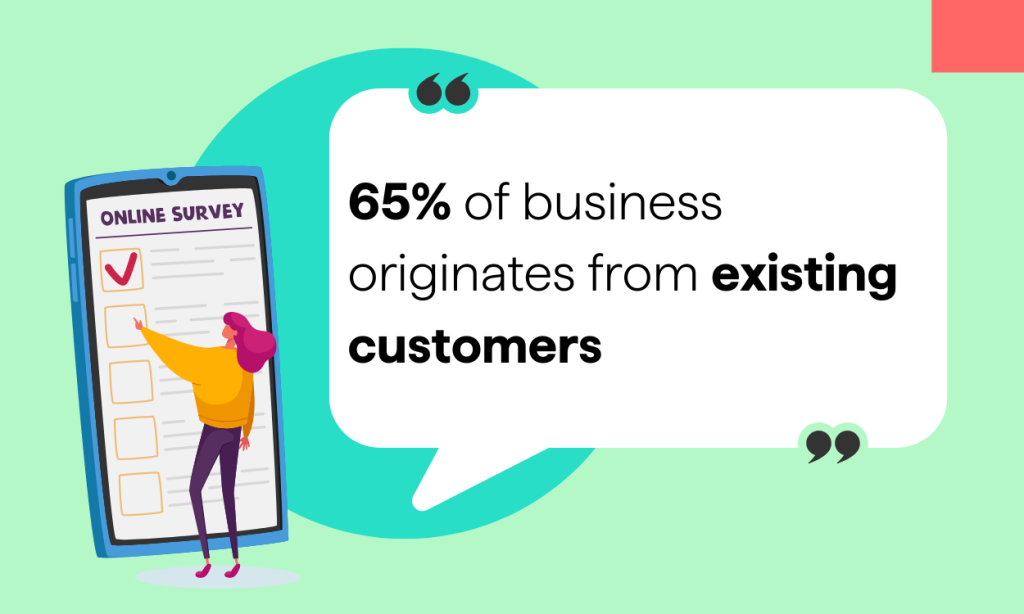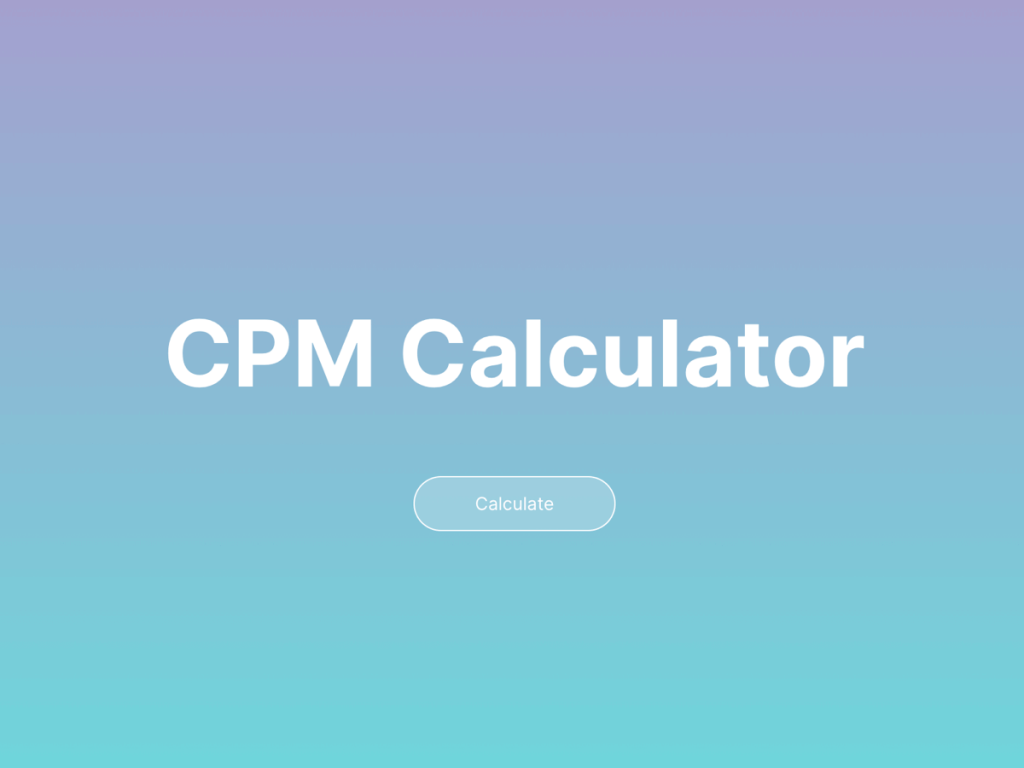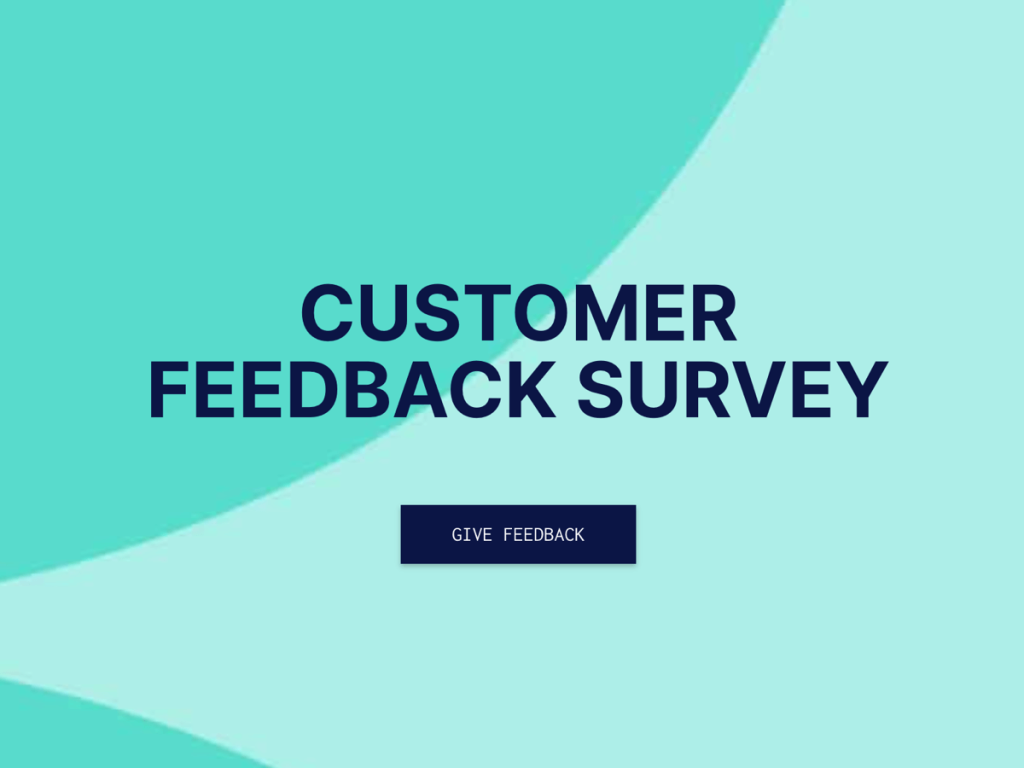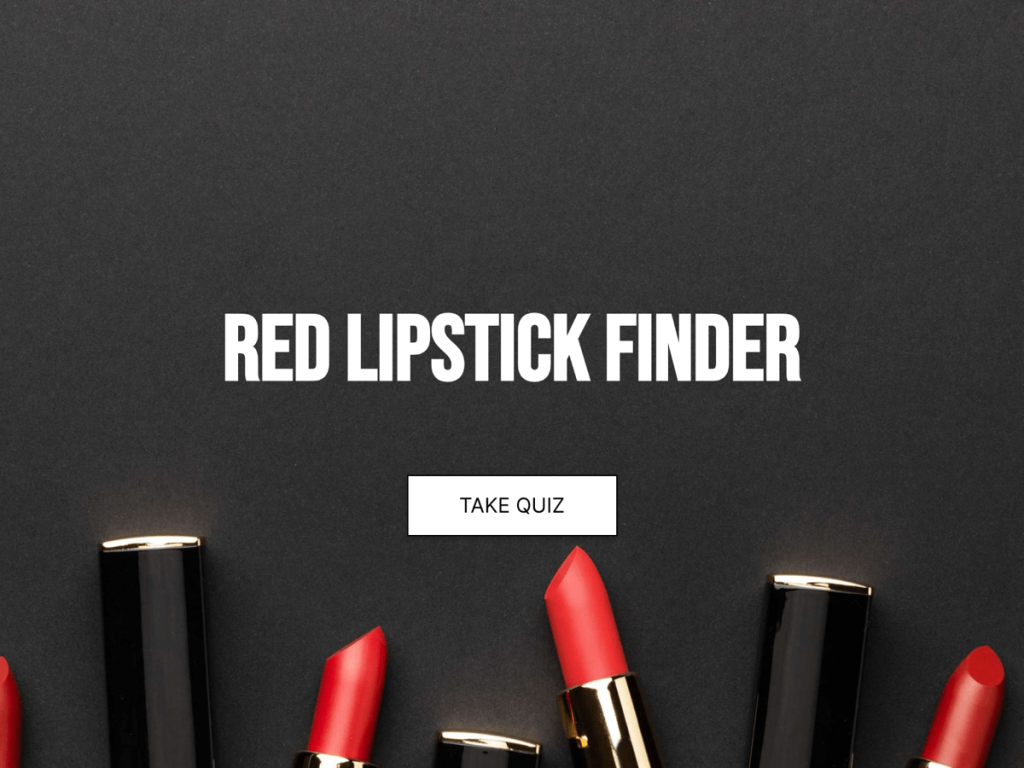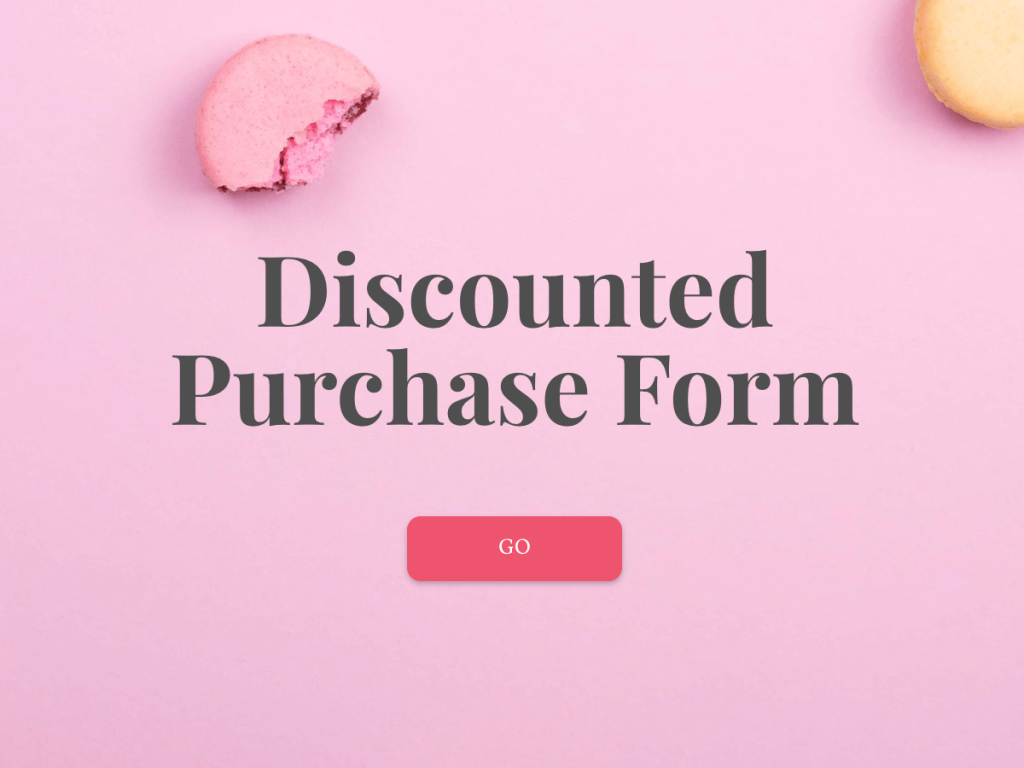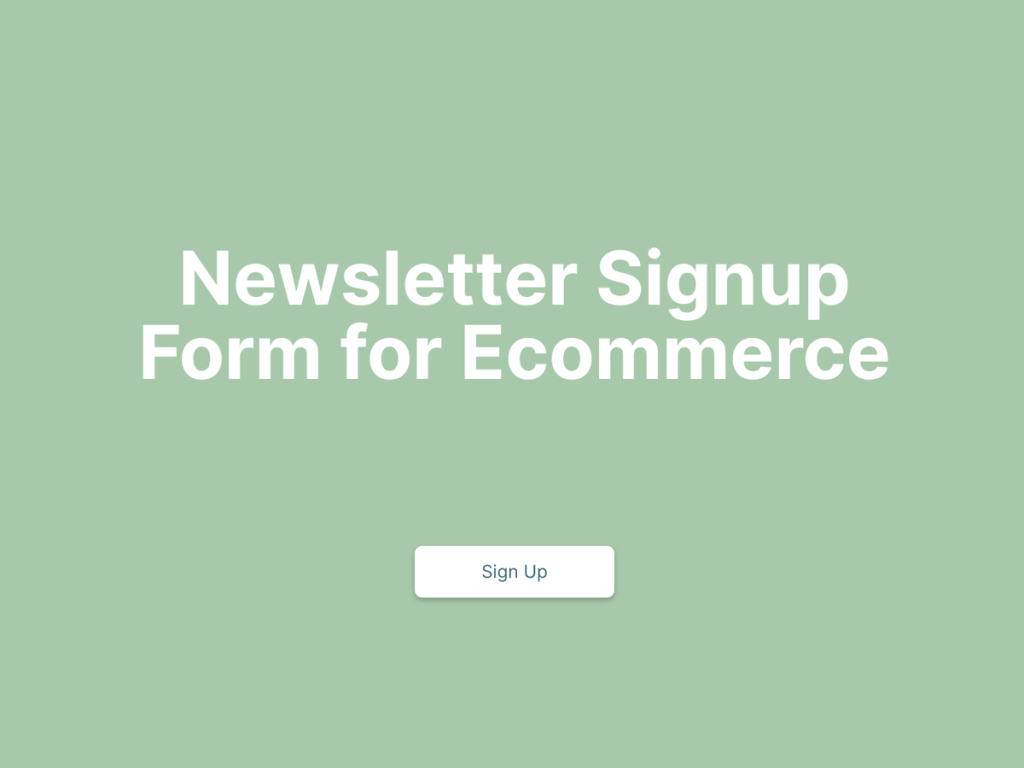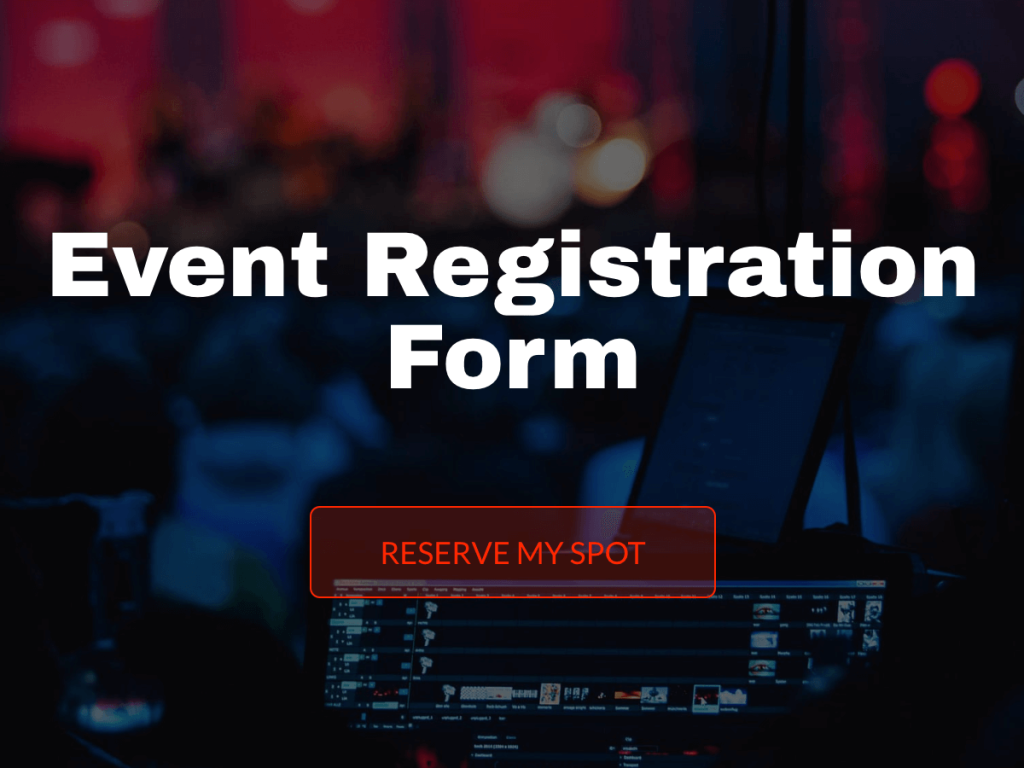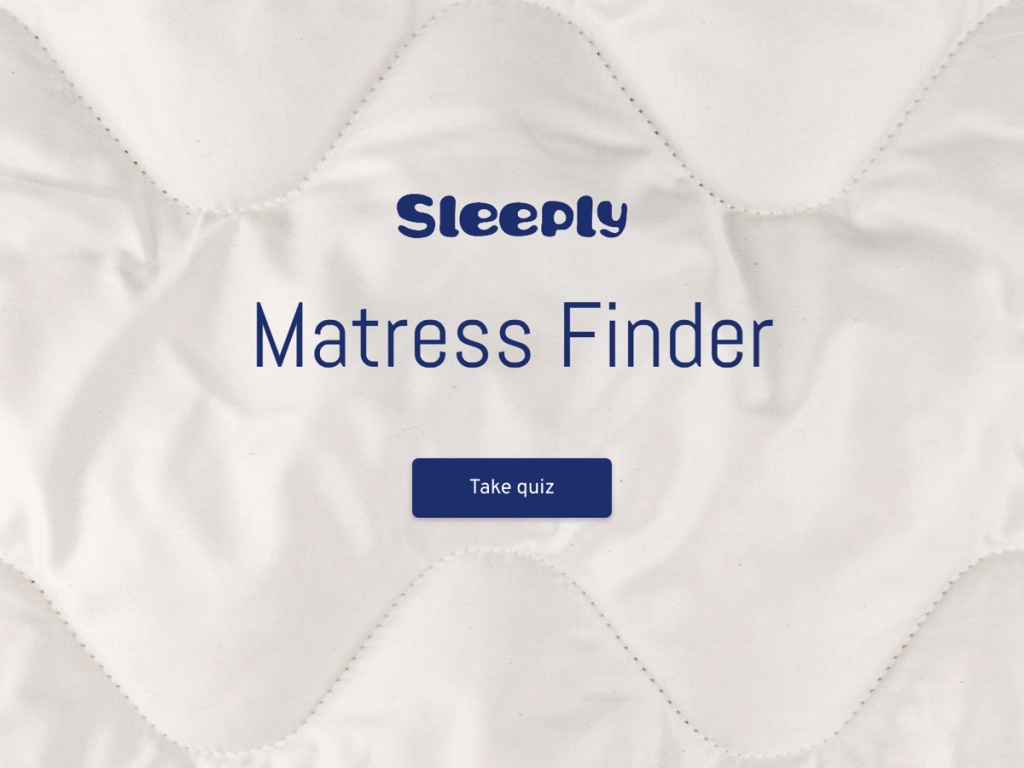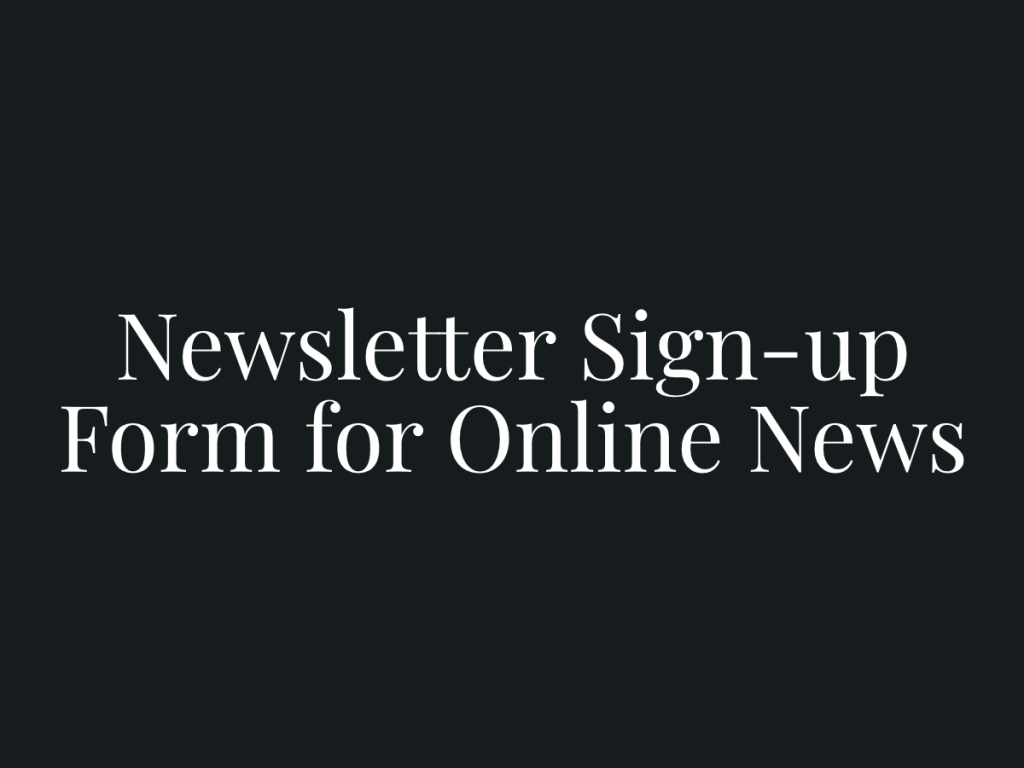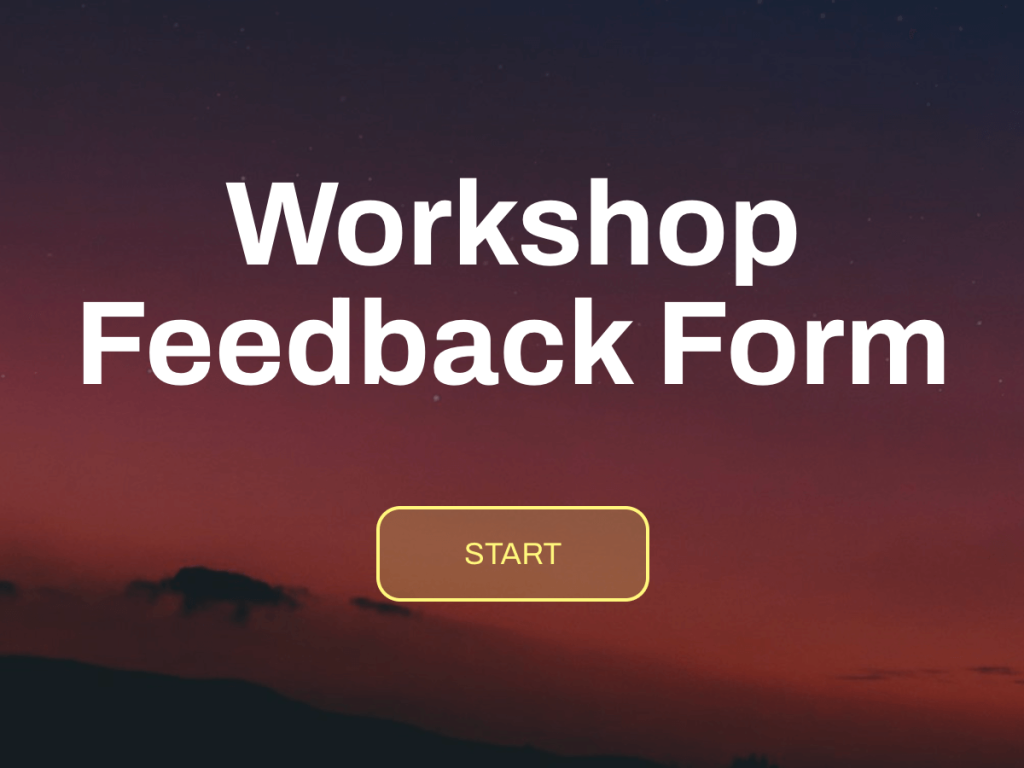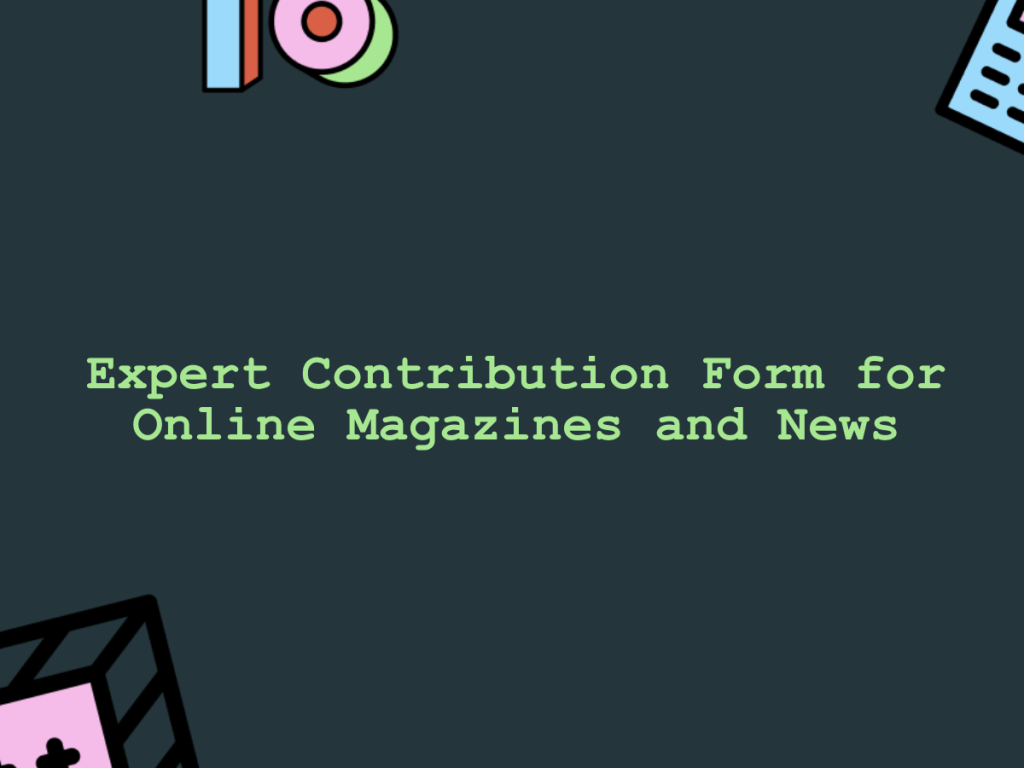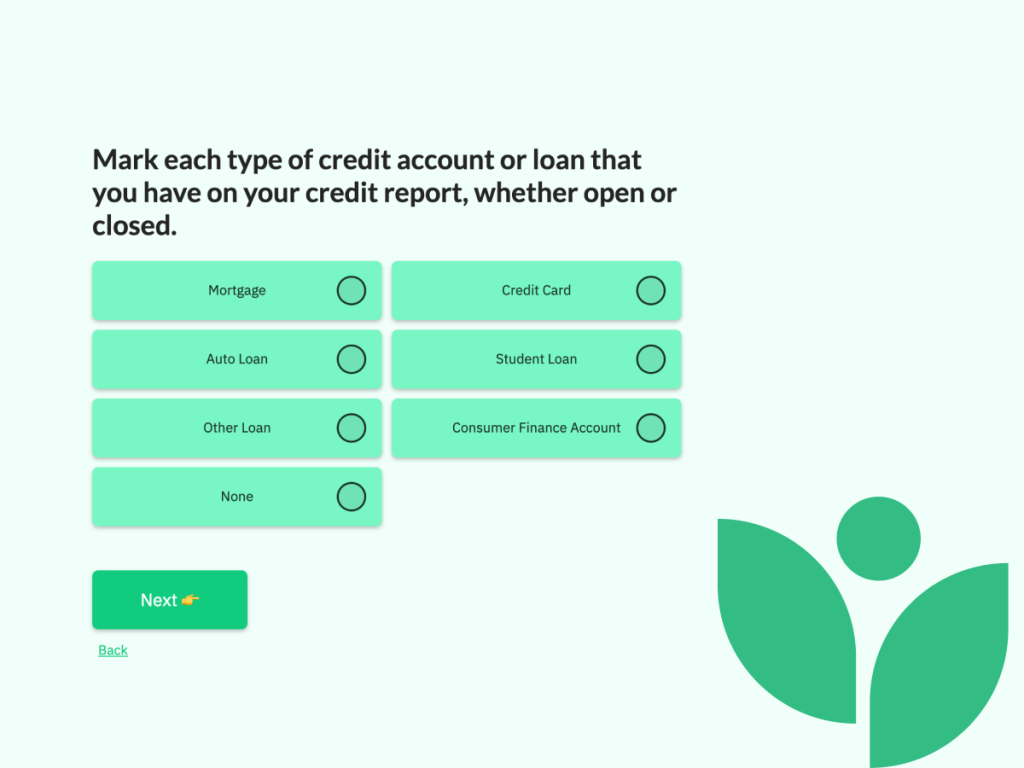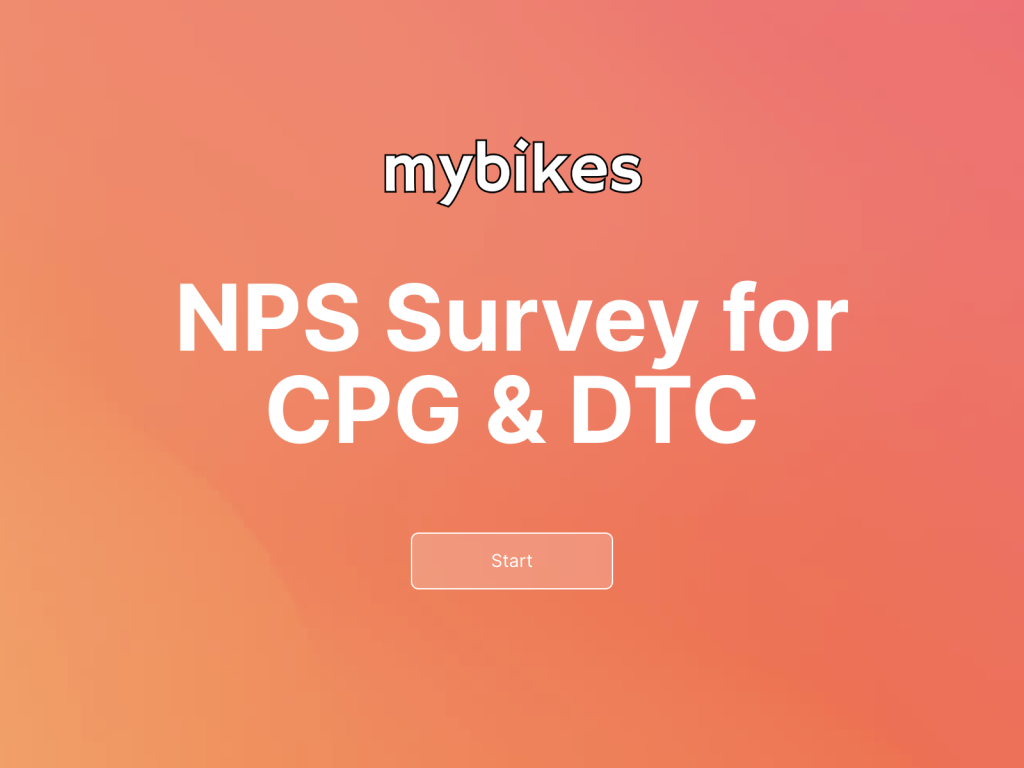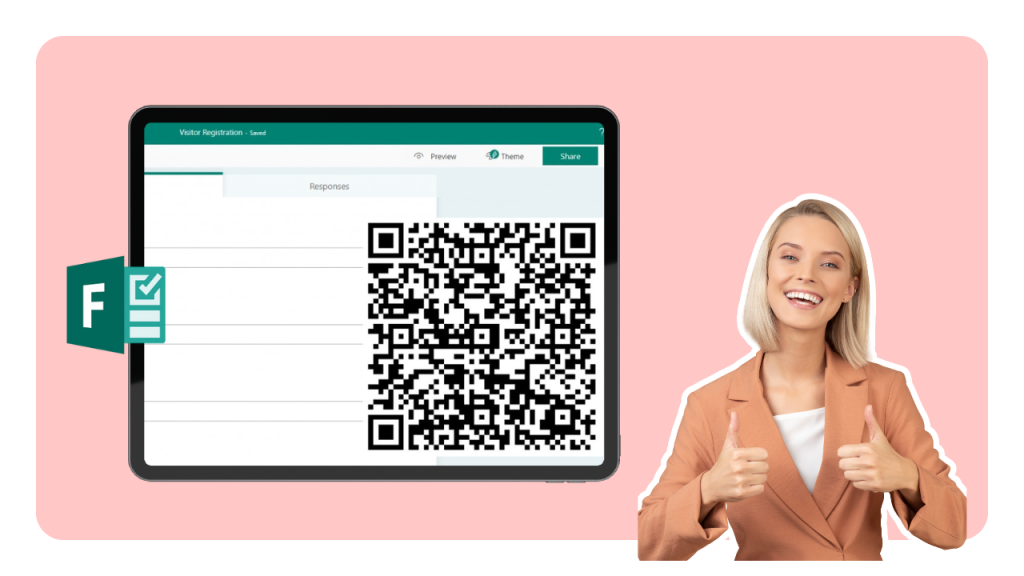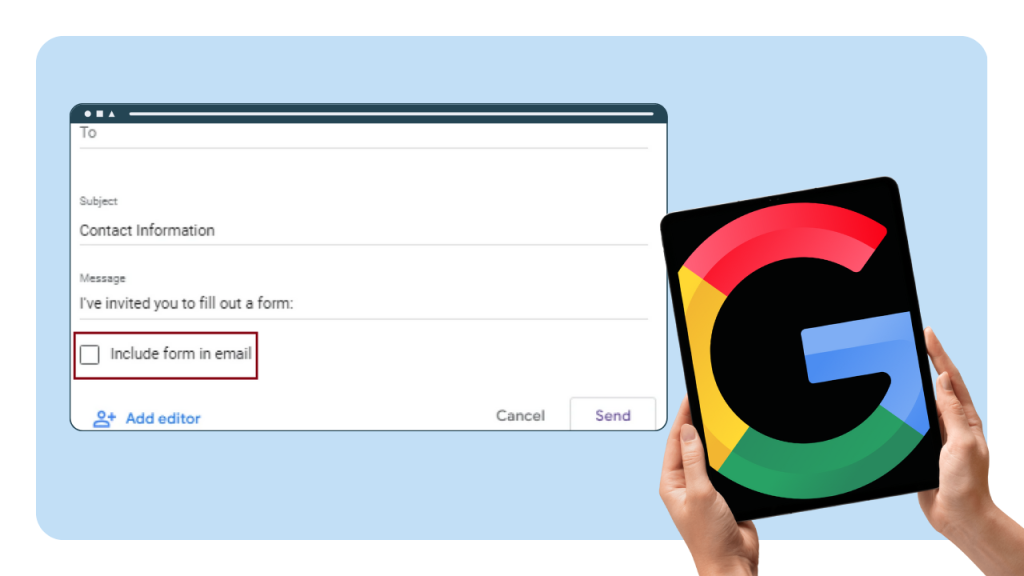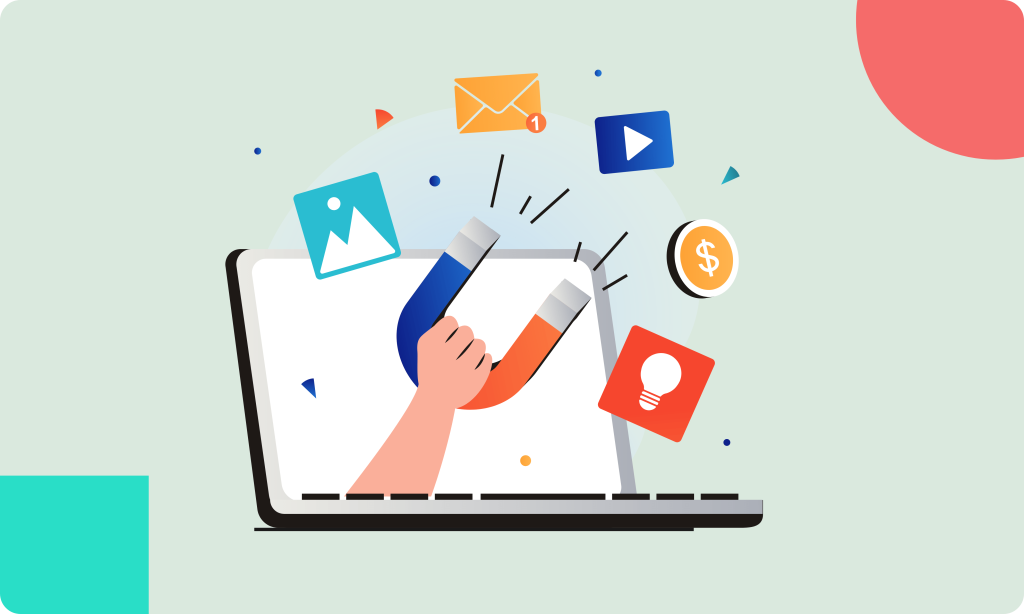Retention costs less than acquisition.
Moreover, 65% of business originates from existing customers. That's why it's crucial to direct marketing and customer support efforts towards customer retention as soon as possible.
Here are some real-life examples of customer retention strategies from well-known companies, along with actionable insights your team can implement right away:
1) NPS® Survey and involve.me
Initially relying on cancellation surveys for feedback, the SaaS company involve.me realized the necessity of proactive feedback collection to reduce customer churn.
Inside their SaaS product, involve.me displays the NPS® survey as a pop-up to users every 60 days for those who interact with it and every 30 days for those who skip it.
This frequency ensures regular feedback without overwhelming users.
The NPS® survey, consisting of a rating scale (0-10) and an open-ended feedback question, helps identify satisfied and dissatisfied customers early.
This approach allows the company to address issues before customers decide to leave.
Here’s what it looks like:
Here's how involve.me boosts customer retention through this survey:
Identifies unsatisfied users early and directs them to customer support for resolution.
Encourages positive customer reviews by inviting satisfied users to rate the product.
Increases renewals and customer satisfaction by proactively improving customer experience.
Recently, we published a case study on the NPS® survey and how it helped involve.me increase customer retention.
“Only 1 in 26 dissatisfied customers voices a complaint, leaving the majority to churn without providing any feedback.“
Actionable advice:
Automatically Send Surveys at Key Points in the Customer Journey
Such as post-purchase or pre-renewal. Use a survey maker to streamline this process. Here's a step-by-step guide on creating embeddable surveys and collecting feedback from customers.
Act on Feedback
Make sure your customer support team not only gathers customer insights but also takes action to address common concerns. Communicate these improvements to your customers via emails or pop-ups in the product.
Tailor Surveys to Different Customer Segments
Connect your CRM of choice to the survey tool. Here's a guide on integrating CRMs.
Collect customer feedback with these ready-to-use templates:
Collect more customer feedback
Start with a customizable template
CPM Calculator Template
Feedback Survey Template
What's Your Perfect Shade Of Red? Template
Discounted Purchase Template
Newsletter Signup Form for Ecommerce Template
Event Registration Template
2) Personalized Offers and Starbucks
The personalized experience at Starbucks motivates customers to keep returning. For instance, if a customer regularly buys a specific coffee, they might get a discount on it or receive suggestions for similar options.
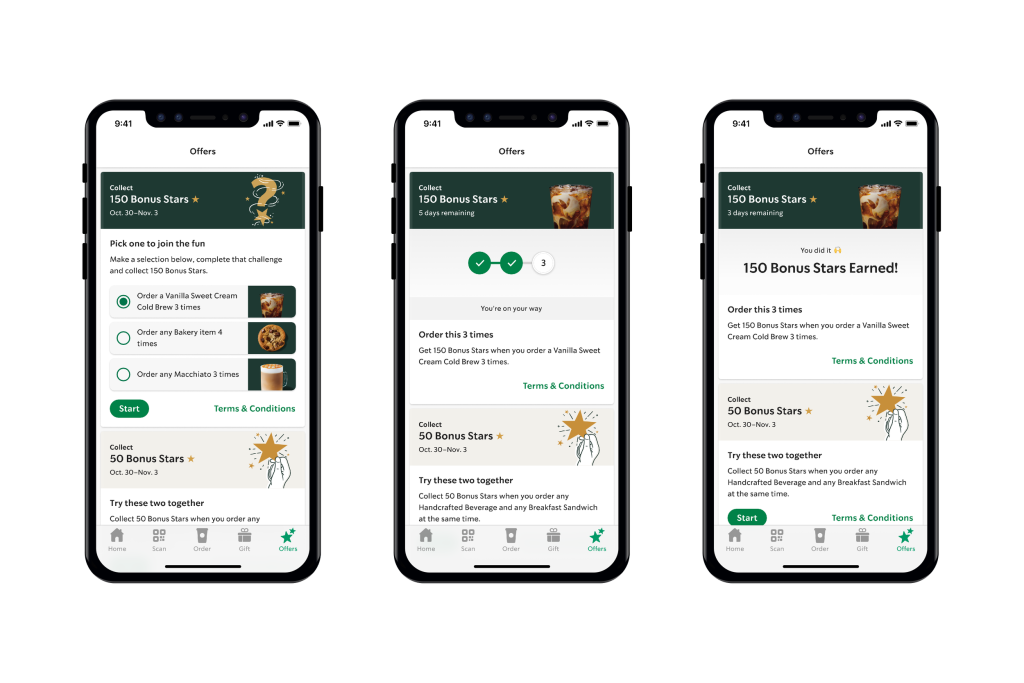
Startbucks reward program
Consider how your team can offer personalized recommendations and rewards based on your customers' profiles and the problems your product solves.
Implement a rewards program that offers some benefits for repeat customers ( such as discount codes or access to exclusive content). Automate it using one of the customer loyalty program tools such as White Label Loyalty, PocketShop, or Rivo.
Create personalized experiences with quizzes. A product recommendation quiz can help your team educate customers and assist them in finding the right product or subscription model based on their needs.
Customize one of the templates to create your own recommendation quiz:
Recommend products with quizzes
Start with a customizable template
Home Insurance Finder Quiz Template
B2B Product Finder Template
What Mattress Is Best For You? Template
Glasses Recommendation Funnel Template
3) Superior Customer Service and Zappos
Online retail company Zappos has built its reputation on exceptional customer service. Zappos empowers their customer service representatives to go above and beyond for their customers.
This can include anything from sending flowers to a customer having a tough day to upgrading shipping for free.
One famous example is a representative who stayed on the phone with a customer for 10 hours and 43 minutes, ensuring all their needs were met.

Zappos’s CEO who goes to extremes for customers
More than 85% of customers want to experience proactive communication and contact from a business.
This dedication to customer service has fostered customer loyalty and a strong brand reputation.
Customers feel valued and appreciated, which encourages them to return to Zappos for future purchases.
Your team should work harder on creating excellent customer service, and here’s where you can start:
Invest in training programs: Equip representatives with the knowledge to handle a wide range of customer issues.
Implement policies that encourage representatives to surprise and delight customers: This could include unexpected gestures like sending a handwritten thank-you note or a small gift.
4) Comprehensive Onboarding and HubSpot
HubSpot is a world-famous customer platform.
Once, I had a chat with a customer support representative who shared that it takes months to onboard new employees because they want to ensure all employees are fully aware of HubSpot's capabilities so they can provide the best onboarding to customers.
HubSpot is a complex (and pricey) product, yet the team excels in providing a comprehensive onboarding experience through their HubSpot Academy and personalized onboarding services.
This ensures that new users quickly understand how to use the software effectively, leading to higher user satisfaction and increased customer loyalty.
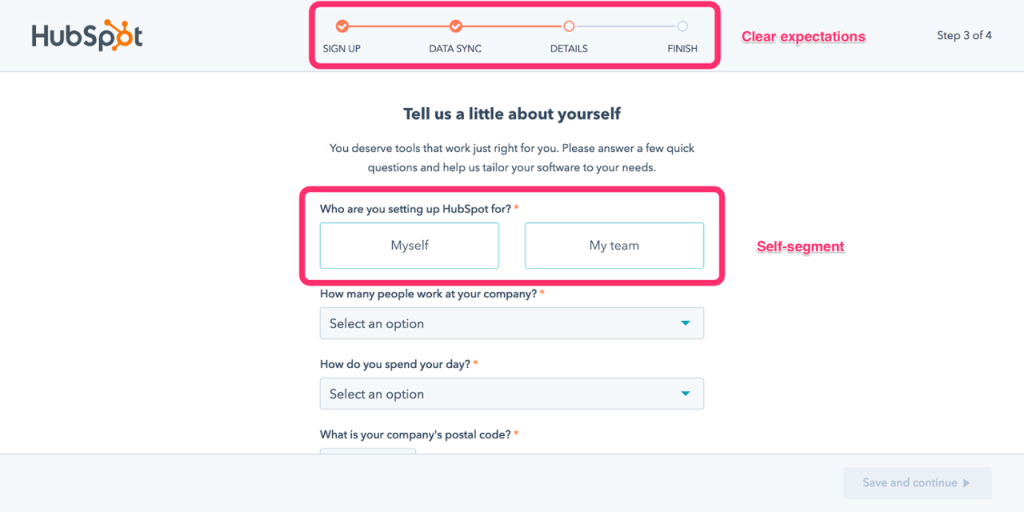
onboarding of free users at HubSpot
The HubSpot team demonstrates how to use their product across many processes and teams, embedding it into the daily operations of their customers, which makes it harder for current customers to stop using HubSpot.
Actionable advice:
Create more educational content, video guides, and documentation covering all aspects of your product.
Launch an online academy similar to HubSpot Academy, offering courses and certifications.
Allocate dedicated customer success managers to new clients to help them navigate the initial setup and customization. Provide personalized onboarding sessions, either one-on-one or in small groups, to guide new customers.
5) User-friendliness and Basecamp
There are lots of project management systems, yet Basecamp stands out. Basecamp's intuitive user interface significantly enhances customer retention.
Basecamp ensures that users can quickly understand and effectively use the software without extensive training.
This awesome user experience reduces frustration and increases overall satisfaction, leading to higher retention rates.
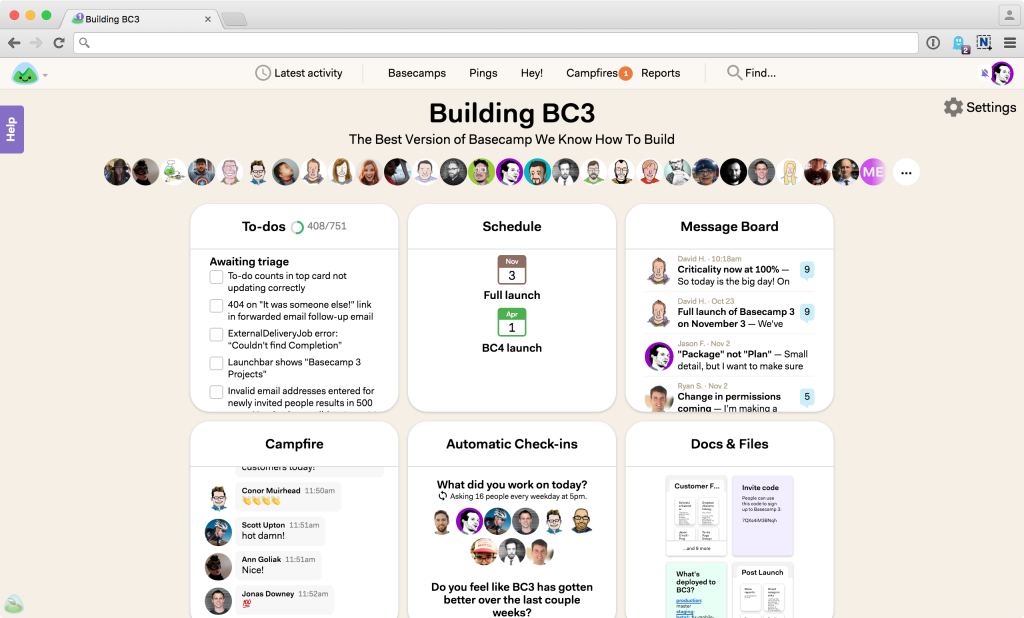
Basecamp interface
Their customer retention strategy is pretty simple - create a user-friendly product. This strategy helped Basecamp hit $374.8M in revenue and 252K customers in 2024.
Actionable advice:
Regularly conduct interviews with a diverse group of users to understand their needs and pain points. Observe users as they interact with your software to identify areas of confusion.
Use a consistent layout across all pages to reduce the learning curve and make navigation intuitive.
Understanding Customer Retention: Why It Matters
Effective customer retention strategies are crucial for any business looking to sustain long-term growth and profitability.
These strategies are not just about keeping existing customers; they are about maximizing the value of the relationships you’ve already built.
Here’s why focusing on retention is so important:
Customer Satisfaction
High levels of satisfaction are key to retention efforts. When customers are happy with a product or service, they are less likely to switch to competitors.
This satisfaction stems from the quality of the product, the excellence of the customer service, and the overall user experience.
Ensuring that customers feel valued and understood can significantly increase their loyalty to a brand.

Cost Efficiency
Retaining an existing customer is generally less expensive than acquiring a new one.
Studies show that the cost of acquiring a new customer can be five to 25 times more than retaining an existing one.
By investing in customer retention strategies, businesses can optimize their spending on marketing and customer acquisition, resulting in a more efficient allocation of resources.
Revenue Growth
Existing customers are more likely to buy again and often spend more in subsequent purchases.
They are familiar with the brand and its products, which lowers the barrier to additional sales.
Moreover, satisfied customers are more likely to participate in upselling and cross-selling opportunities, further increasing their lifetime value.
Brand Advocacy
Satisfied customers often become brand advocates, recommending products and services to friends and family.
This word-of-mouth marketing is not only free but also incredibly effective, as recommendations from friends or family members carry significant weight compared to other forms of advertising.
Feedback Loop
Regular interaction with existing customers can provide valuable feedback that can be used to improve products and services.
This feedback is crucial for making iterative improvements and staying aligned with customer needs and preferences.

Key Metrics to Measure Customer Retention
To effectively assess and enhance customer retention program, businesses must monitor specific key customer retention metrics that provide insights into how well they are retaining customers.
Here are some fundamental metrics that are essential for maintaining robust customer relationships:
Customer Retention Rate
This vital metric quantifies the percentage of customers that a company manages to retain over a given period.
It offers a direct measure of how successful a business is at retaining its customer base.
Calculating this involves dividing the number of customers at the end of the period by the number at the start, then multiplying by 100.
A high retention rate usually indicates that the retention strategies are working effectively.
Churn Rate
This metric measures the percentage of customers who end their relationship with a company within a certain timeframe.
Monitoring churn is crucial for identifying issues within the customer experience and gauging the impact of improvements made to the retention strategies.
Lowering the churn rate is a direct indicator of improved ability to retain customers.
Repeat Purchase Ratio (RPR)
RPR shows the proportion of customers who have made more than one purchase.
A higher RPR suggests that the retention strategies are successful in motivating customers to return, indicating effective customer satisfaction and loyalty.
Customer Lifetime Value (CLV)
CLV estimates the total revenue a company can expect from a customer throughout their relationship.
This metric helps businesses determine how much to invest in customer retention and is critical for segmenting customers by profitability.
Net Promoter Score (NPS)
NPS measures the likelihood of customers recommending a company’s product or service to others, reflecting overall customer sentiment and loyalty.
It is a predictive indicator of customer retention, providing a snapshot of customer advocacy.

Final Words + Survey Templates
Keeping a loyal customer base might be even more challenging than attracting leads.
It's crucial to obsess over customer retention rates, regardless of the industry.
To increase customer lifetime value, your team must consistently meet and exceed customer expectations.
Loyal customers not only return but also bring in more customers.
To achieve this, consider implementing robust loyalty programs, delivering exceptional customer service, and creating positive experiences.
These real-life examples offer valuable lessons and actionable advice that any company can adopt.
Remember, customer retention matters, so invest in strategies like these to go the extra mile for your customers.
Use these templates to run regular customer surveys:
